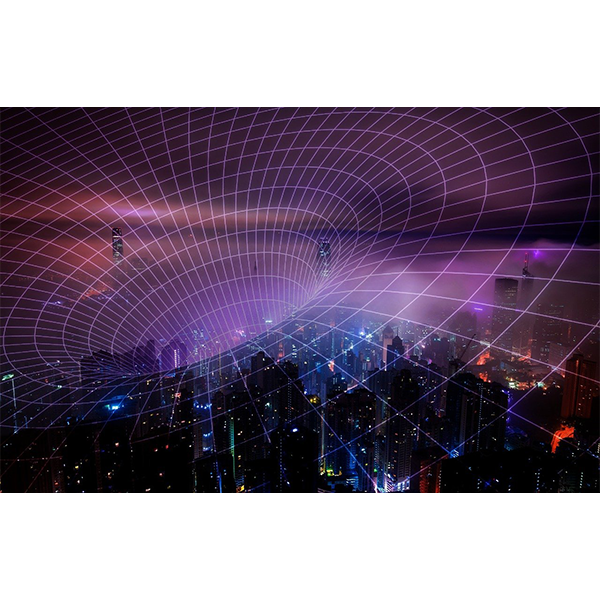5G Technology: The Future of Communication and Internet Infrastructure
Introduction
5G, the fifth generation of mobile communication technology, offers significantly higher speeds, lower latency, and greater connection capacity compared to previous generations (1G, 2G, 3G, and 4G). The potential of 5G extends beyond mobile communication, with the capacity to revolutionize the Internet of Things (IoT), autonomous vehicles, smart cities, and many other areas.
Key Features of 5G
High Speeds:
5G can deliver data speeds at gigabit levels per second. These speeds enable users to stream high-definition videos without interruption, download large files quickly, and use high-bandwidth applications smoothly.
Low Latency:
One of the most crucial features of 5G is its low latency. Latency is the time delay between sending and receiving data packets. While this delay is around 50 milliseconds in 4G, it can drop to as low as 1 millisecond in 5G. This is especially critical for real-time applications and autonomous vehicles that require precise timing.
Increased Capacity:
5G allows more devices to connect to the network simultaneously. This feature is particularly important for IoT applications, where millions of devices in smart cities, agriculture, and industry need to be interconnected and exchange data.
Reliability and Energy Efficiency:
5G offers high reliability and energy efficiency. New radio technologies and protocols optimize energy consumption while enhancing network reliability.
Applications of 5G
Internet of Things (IoT):
5G enables billions of devices to connect and exchange data. IoT applications can be developed across a wide range of areas, from smart home systems to industrial automation.
Autonomous Vehicles:
Low latency and high data speeds ensure that autonomous vehicles can operate safely and efficiently. Vehicles can continuously communicate with each other and their surroundings in real-time.
Healthcare:
Applications like telemedicine, remote surgeries, and health monitoring will become more widespread thanks to the high speeds and low latency provided by 5G.
Entertainment and Media:
5G supports augmented reality (AR) and virtual reality (VR) applications and enables high-definition live broadcasts to reach larger audiences.
Smart Cities:
Smart city applications, such as traffic management, energy distribution, waste management, and public safety, will become more efficient with 5G technology.
Technical Components of 5G
New Radio Spectrums:
5G utilizes both existing frequency bands and millimeter wave (mmWave) spectrums. This results in higher data speeds and wider bandwidth.
Advanced Antenna Technologies:
Technologies like MIMO (Multiple Input Multiple Output) and beamforming provide higher data speeds and better coverage.
Network Slicing:
Network slicing allows a single physical network to be divided into multiple virtual networks tailored to different service requirements. This enables more efficient use of network resources and optimized services.
Edge Computing:
Edge computing processes data at the edge of the network rather than in a central cloud. This reduces latency and is more suitable for real-time applications.
Challenges and Future Perspectives
The adoption and widespread implementation of 5G bring various challenges, including infrastructure costs, spectrum regulations, security, and privacy issues. However, the advantages offered by 5G provide a strong incentive to overcome these challenges.
Conclusion
5G technology has the potential to bring fundamental changes to communication and internet infrastructure. Features like high speeds, low latency, increased capacity, and energy efficiency make 5G the technology of the future. From warehouses to autonomous vehicles, healthcare services to smart cities, 5G will revolutionize many areas, placing itself at the heart of digital transformation.

